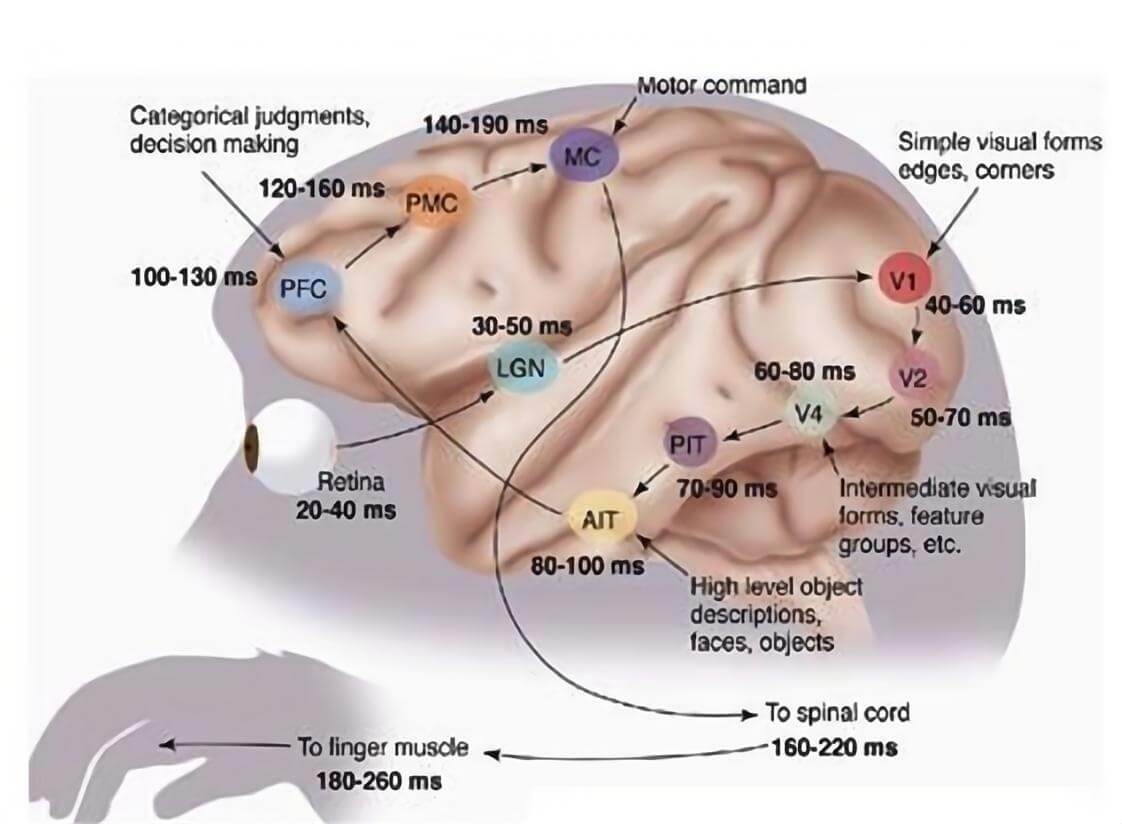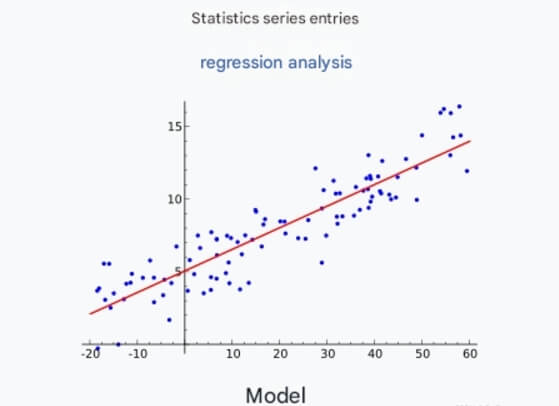In the context of rapid advancements in Artificial Intelligence (AI) and Deep Learning, the design of neural network architectures has become an increasingly complex and crucial task. Traditionally, researchers and engineers have had to manually design neural networks through experience and repeated trial and error, consuming a significant amount of time and computational resources. As models continue to scale, this approach has proven to be inefficient and inflexible. To address this challenge, Neural Architecture Search (NAS) emerged as a vital tool for automating the design of neural networks.
NAS uses search algorithms to identify the best solution from a large set of possible network architectures, aiming to enhance network performance and simplify the design process. This article will explore the fundamental principles, classic algorithms, implementation methods, and the challenges and future directions of NAS, helping readers gain a deeper understanding of this cutting-edge technology.

1. Background and Importance of NAS
With the rapid development of deep learning, the design of neural networks has become increasingly complex. Manual design of neural networks requires not only extensive domain knowledge but also a significant amount of time and effort. To find the best-performing network architecture for a specific task, researchers often need to conduct numerous trials and hyperparameter tuning. This manual approach to designing network architectures is inefficient and may fail to find the truly optimal architecture.
Neural Architecture Search (NAS) was proposed to solve this issue. The goal of NAS is to automatically search for the optimal architecture of a neural network, allowing computers to identify the best deep learning model within a large search space. NAS not only improves the efficiency of neural network design but also significantly boosts the performance of deep learning models.
2. Basic Components of NAS: Search Space, Search Strategy, and Performance Evaluation
The basic process of NAS can be divided into three main components: Search Space, Search Strategy, and Performance Estimation.
Search Space
The search space defines all possible neural network architectures, typically including the following aspects:Type of network layers: such as convolutional layers (Conv), fully connected layers (Dense), pooling layers (Pooling), etc.
Order and connection of layers: e.g., whether skip connections (Skip Connection) are used.
Hyperparameter settings: such as kernel size, layer depth, activation function type, etc.
A well-designed search space can effectively reduce computational load and improve search efficiency.
Search Strategy
The search strategy determines how to explore different network architectures within the search space. Common search strategies include:Reinforcement Learning (RL): Treating the neural network architecture as a sequence decision problem, where RL algorithms (e.g., policy gradient methods) generate new network structures.
Evolutionary Algorithms (EA): Simulating the process of biological evolution, iteratively generating and selecting new network architectures.
One-Shot NAS: Using a super network that includes all possible sub-networks and training only a subset of the super network at each iteration, significantly reducing training time.
Performance Estimation
During NAS, the performance of each candidate network must be evaluated. Since training each model fully can be time-consuming, methods to accelerate performance evaluation have been proposed, such as:Weight Sharing: Sharing weights in a super network to avoid retraining for each architecture.
Early Stopping: Terminating training early when the model's performance is unsatisfactory, saving time.
3. Classic Algorithms and Latest Advancements in NAS
NAS research has made significant progress, and here are some classic algorithms and recent advancements.
Reinforcement Learning-Based Methods
Zoph and Le proposed one of the earliest NAS algorithms, modeling the search process as a reinforcement learning problem. This method uses a controller (typically an LSTM network) to generate neural network architectures and updates the controller’s strategy based on the performance of trained models. While effective in large search spaces, it is computationally expensive.Evolutionary Algorithm-Based Methods
NAS based on evolutionary algorithms simulates biological evolution. Initially, a set of architectures (population) is generated, and new architectures are produced through selection, crossover, and mutation. This method is simple and intuitive and is suitable for handling large search spaces, but its efficiency is lower, especially in high-dimensional spaces, where computational costs can increase significantly.One-Shot NAS
To reduce computational costs, the One-Shot NAS method proposes training a super network containing all sub-networks and using weight sharing to avoid redundant training. At each iteration, One-Shot NAS extracts a sub-network from the super network for training and evaluation. This significantly reduces training time and makes the search process more efficient.Differentiable Architecture Search (DARTS)
DARTS converts the discrete search space of neural architectures into a continuous one and uses gradient descent to optimize architecture parameters. This method eliminates the need to train different sub-networks individually, greatly improving search efficiency and performance.
4. Optimizing NAS: From Reinforcement Learning to One-Shot Search
NAS optimization methods continue to evolve to address the challenges of computational cost and search efficiency. Here are some common optimization strategies:
Weight Sharing
Weight sharing is a technique to accelerate the search by sharing weights across different sub-networks. After training the super network once, its weights are reused by various sub-networks, avoiding repeated training. While this approach significantly speeds up the search process, it may lead to inaccurate performance estimations.Progressive Search
Progressive search gradually narrows down the search space. Initially, a broader search is conducted, and then the focus shifts to promising subspaces. This method effectively reduces computation and improves the success rate of the search.Graph-Based Search
The architecture of a neural network can be represented as a graph, and graph-based methods explore the search space by manipulating the graph (e.g., adding nodes or adjusting edges). This search strategy is particularly effective in exploring complex network structures.
5. Applications of NAS
NAS has been widely applied in various fields:
Computer Vision: Automatically designing deep neural network architectures for tasks like image classification, object detection, and semantic segmentation.
Natural Language Processing: NAS is used to find neural network architectures suitable for tasks like text classification and machine translation.
Autonomous Driving and Robotics: Optimizing the neural network structure for perception systems to improve detection and decision-making performance.
6. Example of NAS Implementation Using Keras and TensorFlow
The following code example demonstrates how to implement a simple random search NAS algorithm using TensorFlow and Keras frameworks.
import tensorflow as tf
from tensorflow.keras.models import Sequential
from tensorflow.keras.layers import Dense, Conv2D, MaxPooling2D, Flatten
from tensorflow.keras.datasets import mnist
from tensorflow.keras.utils import to_categorical
import random
# Load the MNIST dataset
(x_train, y_train), (x_test, y_test) = mnist.load_data()
x_train = x_train.reshape((x_train.shape[0], 28, 28, 1)).astype('float32') / 255
x_test = x_test.reshape((x_test.shape[0], 28, 28, 1)).astype('float32') / 255
y_train = to_categorical(y_train, 10)
y_test = to_categorical(y_test, 10)
# Function to create neural network architecture
def create_model(num_conv_layers, num_dense_layers, num_filters, kernel_size, dense_units):
model = Sequential()
model.add(Conv2D(num_filters, kernel_size=(kernel_size, kernel_size), activation='relu', input_shape=(28, 28, 1)))
model.add(MaxPooling2D(pool_size=(2, 2)))
for _ in range(num_conv_layers - 1):
model.add(Conv2D(num_filters, kernel_size=(kernel_size, kernel_size), activation='relu'))
model.add(MaxPooling2D(pool_size=(2, 2)))
model.add(Flatten())
for _ in range(num_dense_layers):
model.add(Dense(dense_units, activation='relu'))
model.add(Dense(10, activation='softmax'))
model.compile(loss='categorical_crossentropy', optimizer='adam', metrics=['accuracy'])
return model
# Implementing random search
def random_search(num_trials=10):
best_accuracy = 0.0
best_model = None
for i in range(num_trials):
num_conv_layers = random.choice([1, 2, 3])
num_dense_layers = random.choice([1, 2])
num_filters = random.choice([32, 64, 128])
kernel_size = random.choice([3, 5])
dense_units = random.choice([64, 128, 256])
model = create_model(num_conv_layers, num_dense_layers, num_filters, kernel_size, dense_units)
print(f"Trial {i+1}: Conv layers={num_conv_layers}, Dense layers={num_dense_layers}, "
f"Filters={num_filters}, Kernel size={kernel_size}, Dense units={dense_units}")
model.fit(x_train, y_train, epochs=3, batch_size=128, verbose=0)
accuracy = model.evaluate(x_test, y_test, verbose=0)[1]
print(f"Accuracy: {accuracy}")
if accuracy > best_accuracy:
best_accuracy = accuracy
best_model = model
print(f"Best accuracy: {best_accuracy}")
return best_model
best_model = random_search(num_trials=5)7. Challenges and Future Development of NAS
Despite the significant progress made by NAS, it still faces the following challenges in practical applications:
High Computational Resource Consumption: Despite various acceleration methods, the computational cost of NAS for large-scale tasks remains very high.
Search Space Design: The definition of the search space needs to balance flexibility and efficiency.
Accuracy of Evaluation Methods: To accelerate the search process, some surrogate evaluation methods may lead to inaccurate performance estimations.
In the future, the development of NAS will focus on improving search efficiency, exploring new search strategies, and expanding the application domains of NAS. For instance, integrating meta-learning to quickly adapt to new tasks and introducing adaptive search spaces to dynamically adjust the search range.
Conclusion
Neural Architecture Search (NAS) is an important method for automating the design of neural networks in the field of deep learning. By automatically exploring optimal network structures, NAS not only improves network performance but also reduces the workload involved in manual design. Although NAS faces challenges such as high computational costs and complex search spaces, with the continuous development of new technologies, NAS is expected to play an increasingly important role in more practical scenarios.
I hope this article helps readers gain a comprehensive understanding of NAS and provides practical code examples and references for researchers interested in trying NAS.







